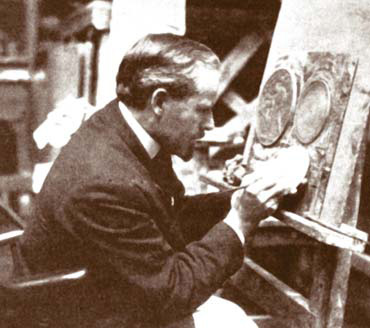About Coin Designers and Designs

A. A. Weinman's Mercury dime and Liberty Walking half dollar designs were winners in a U.S. Treasury competition.
Before the 20th century, all U.S. coins were struck by chief engravers or assistant engravers at the U.S. Mint. The chief engraver was usually a lifetime appointment by the president. James B. Longacre, for example, served as the 4th chief engraver of the U.S. Mint from 1844 until his death in 1869. Longacre designed the Flying Eagle and Indian Head cents, the 2¢ piece, silver and nickel 3¢ pieces, and the Shield nickel.
Beginning in the early 20th century, noted artists and sculptors from outside the U.S. Mint were sometimes invited to design both regular-issue and commemorative U.S. coins. President Theodore Roosevelt, a strong proponent for new coin designs, personally invited renowned sculptors Augustus Saint-Gaudens and Victor David Brenner to re-design U.S. coins. The Saint-Gaudens motifs for $10 and $20 U.S. gold coins are widely considered the most beautiful U.S. coin designs ever created, and Brenner's portrait of Abraham Lincoln for the cent has become the longest-running design in U.S. coinage history.
Other U.S. coins have been created in competitions among the nation's leading sculptors and artists. When the same Barber design seen on the dime, quarter and half dollar reached the mandatory 25-year period of usage, the U.S. Treasury hosted a competition for individual new designs in 1915. Sculptor A.A. Weinman's proposals for America's 10¢ and 50¢ coins were selected, resulting in the beautiful Mercury dime of 1916-1945 and revered Liberty Walking half dollar of 1916-1947. Sculptor Hermon MacNeil's entry for the 25¢ coin was chosen, and his acclaimed Standing Liberty design graced the U.S. quarter from 1916-1930.

